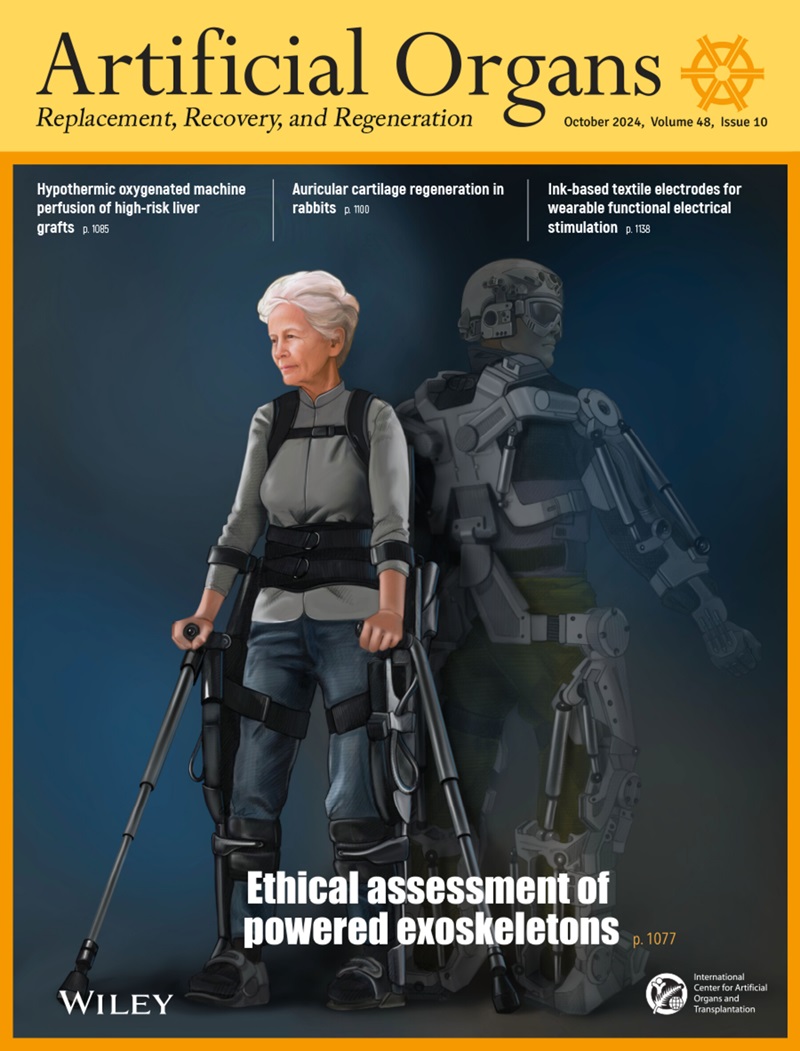In his article “Improving Hydraulic Performance of the Left Atrial Assist Device Using Computational Fluid Dynamics,” Mark Goodin, Principal CFD Consulting Engineer at SimuTech Group, explains how CFD enhances a novel heart pump for patients with heart failure with preserved ejection fraction.
“Improving Hydraulic Performance of the Left Atrial Assist Device Using Computational Fluid Dynamics”
Authors: Mark S. Goodin, Chihiro Miyagi, Barry D. Kuban, Christine R. Flick, Anthony R. Polakowski, Jamshid H. Karimov, Kiyotaka Fukamachi
Abstract
Background
The left atrial assist device (LAAD) is a novel continuous-flow pump designed to treat patients with heart failure with preserved ejection fraction, a growing type of heart failure, but with limited device-treatment options. The LAAD is implanted in the mitral plane and pumps blood from the left atrium into the left ventricle. The purpose of this study was to refine the initial design of the LAAD, using results from computational fluid dynamics (CFD) analyses to inform changes that could improve hydraulic performance and flow patterns within the LAAD.
Methods
The initial design and three variations were simulated, exploring changes to the primary impeller blades, the housing shape, and the number, size, and curvature of the diffuser vanes. Several pump rotational speeds and flow rates spanning the intended range of use were modeled.
Results
Guided by the insight gained from each design iteration, the final design incorporated impeller blades with improved alignment relative to the incoming flow and wider, more curved diffuser vanes that better aligned with the approaching flow from the volute. These design adjustments reduced flow separation within the impeller and diffuser regions. In vitro testing confirmed the CFD predicted improvement in the hydraulic performance of the revised LAAD flow path design.
Conclusions
The CFD results from this study provided insight into the key pump design-related parameters that can be adjusted to improve the left atrial assist device’s hydraulic performance and internal flow patterns. This work also provided a foundation for future studies assessing the LAAD’s biocompatibility under clinical conditions.
Need Medical Device Design Assistance?
Contact us today to learn more about how Ansys simulation software and SimuTech Group’s expert medical device consulting services can help you improve your medical device simulation capability.
About the Author

Mark Goodin
Principal CFD Consulting Engineer, SimuTech Group
Mark has over 30 years of experience in the biomedical device field applying both CFD in the design of new products, including: rotary blood pumps used for heart support, blood oxygenators/heat exchangers used in open-heart surgery, artificial kidneys, rotational atherectomy devices, cardiac and thermal balloon catheters, and magnetic stem cell separators. Such modeling results can help clinicians to plan their surgical approaches and evaluate a new device’s performance under simulated clinical conditions.





